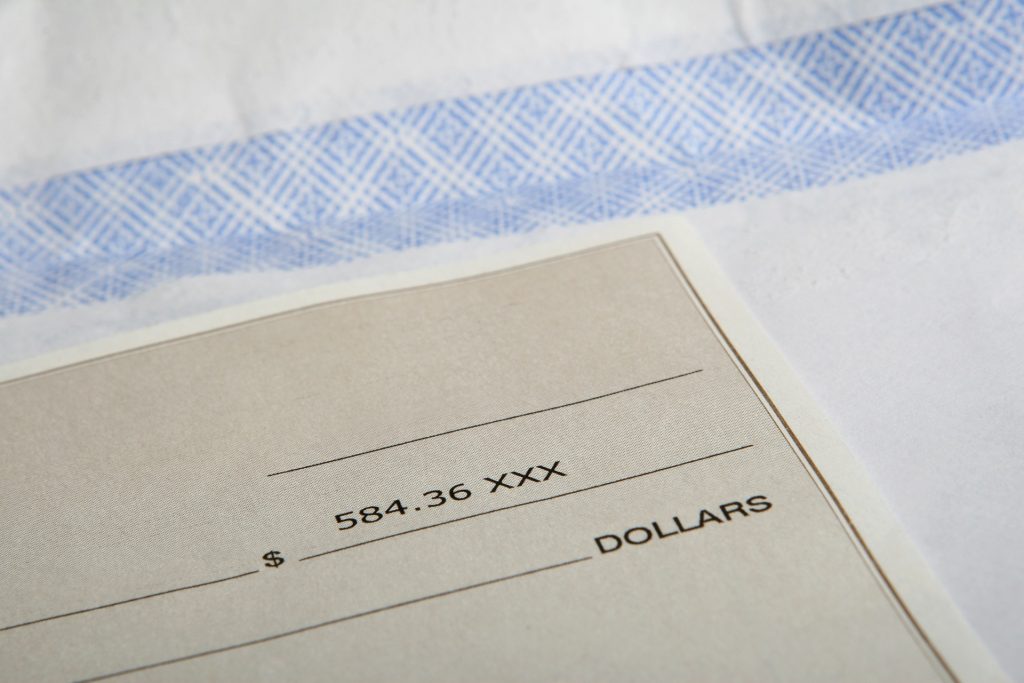Recipients of government program funds prefer not to receive checks, according to data from Morning Consult on behalf of Visa. Over two-thirds of U.S. adults have received monetary disbursements from the federal government, with the majority opting for direct deposit as their preferred method of payment.
Three-quarters of those surveyed said they currently receive payments via direct deposit, and an even higher percentage (80%) expressed a preference for it. Meanwhile, the use of checks shows the opposite effect. While 23% of recipients have received government benefits through checks or vouchers, only 13% prefer to get their funds that way.
The survey drilled down on the reasons behind this preference, uncovering various challenges associated with receiving payments via checks. A majority of respondents said it took a long time to receive a check. More than half (52%) who received funds through a check or voucher reported waiting four weeks or longer for their payment, with 20% waiting more than eight weeks.
Advantages of Prepaid Cards
Recipients of prepaid cards agreed on their convenience compared to checks. Respondents appreciated that a prepaid card was delivered faster, offered more flexibility, and was more secure.
In addition, more than half said they liked not having to visit a bank. The ability to avoid that was the second-most cited reason for preferring prepaid cards, just slightly trailing the ease of making online purchases with a card.
These preferences also resonate with the unbanked population. Two-thirds of unbanked respondents indicated a preference for receiving government-issued payments—including tax refunds, social security payments, unemployment benefits, disaster relief, and other types of government disbursements—in the form of a physical prepaid card or digital card over cash (24%) or check/voucher (18%).
A Long, Slow Process
The U.S government has set several goals toward moving away from checks, but progress has been gradual. The Bureau of the Fiscal Service set a target to decrease the number of checks printed from 49 million in FY 2021 to 44.1 million by FY 2023.
Meanwhile, the Australian government said it will phase out of checks by 2030. In the last decade, check use in Australia dropped by 90%.
